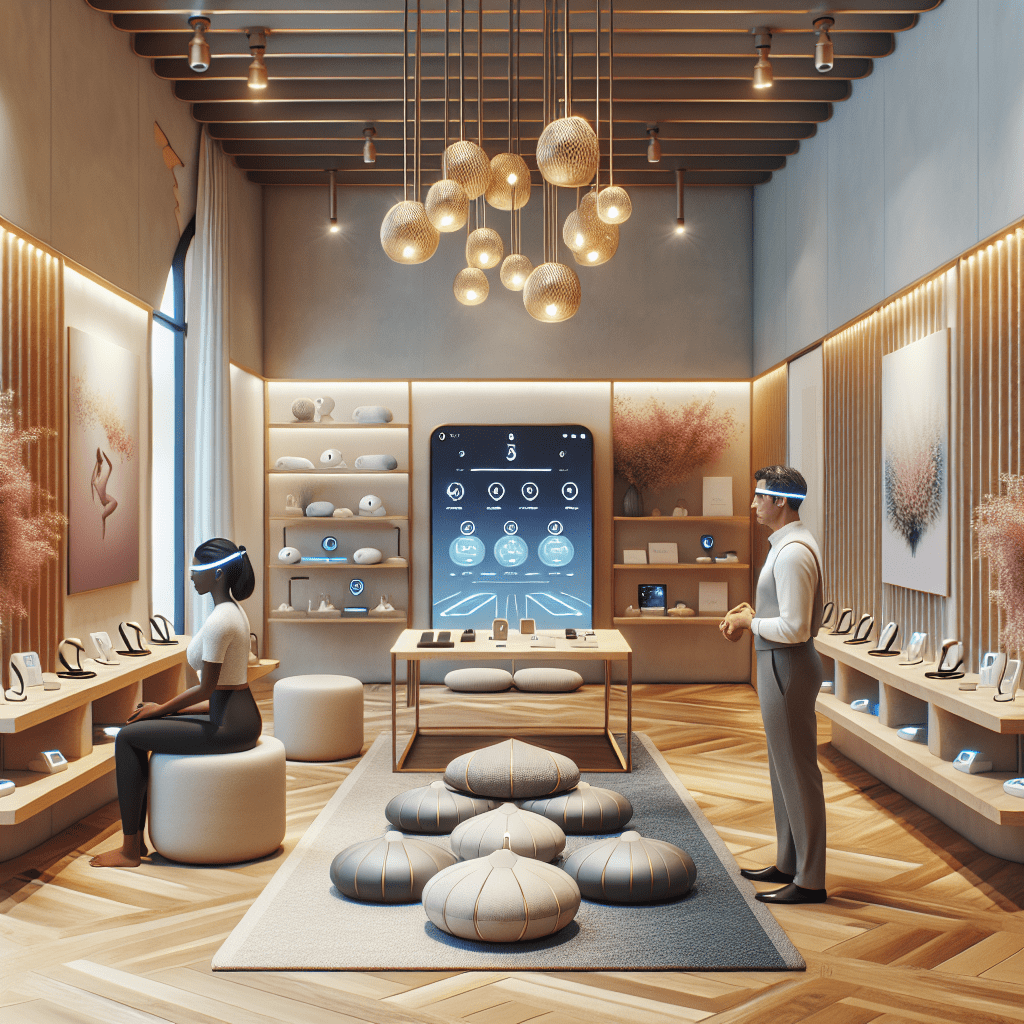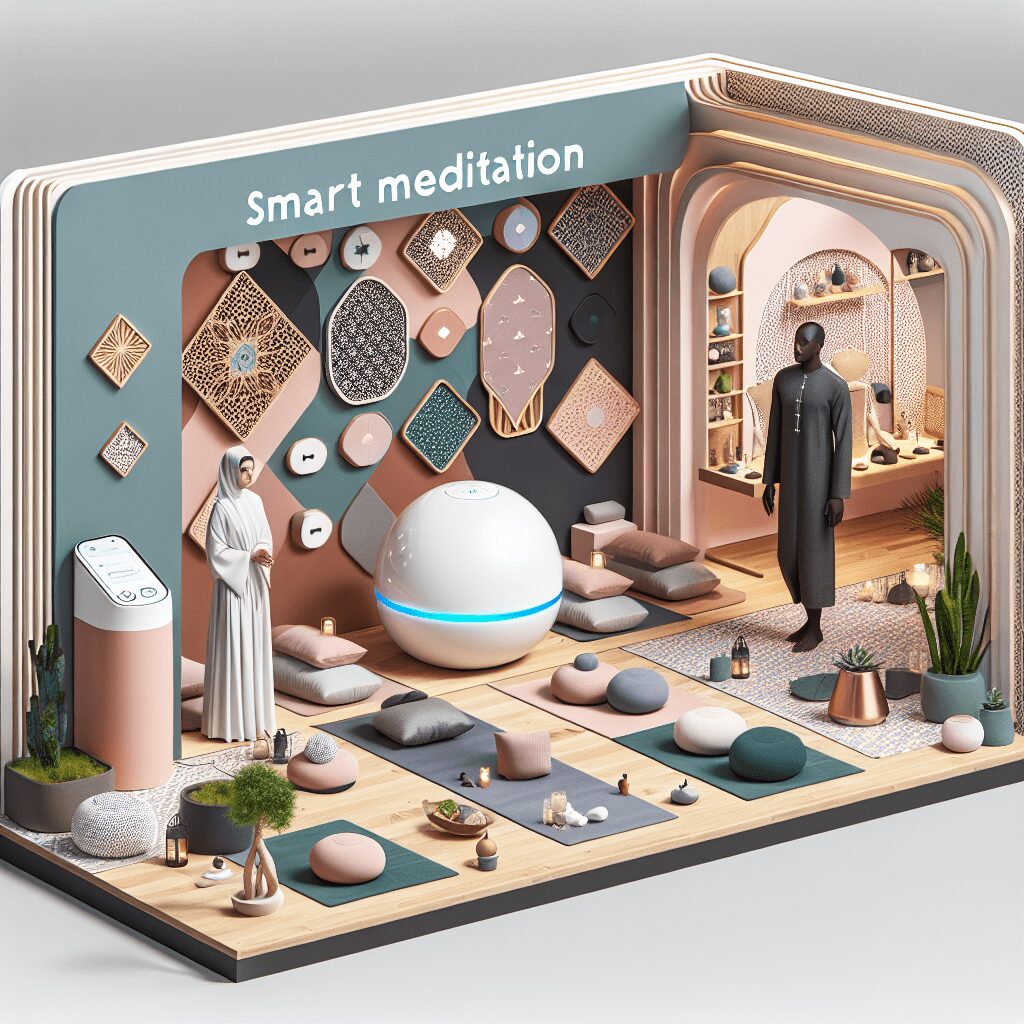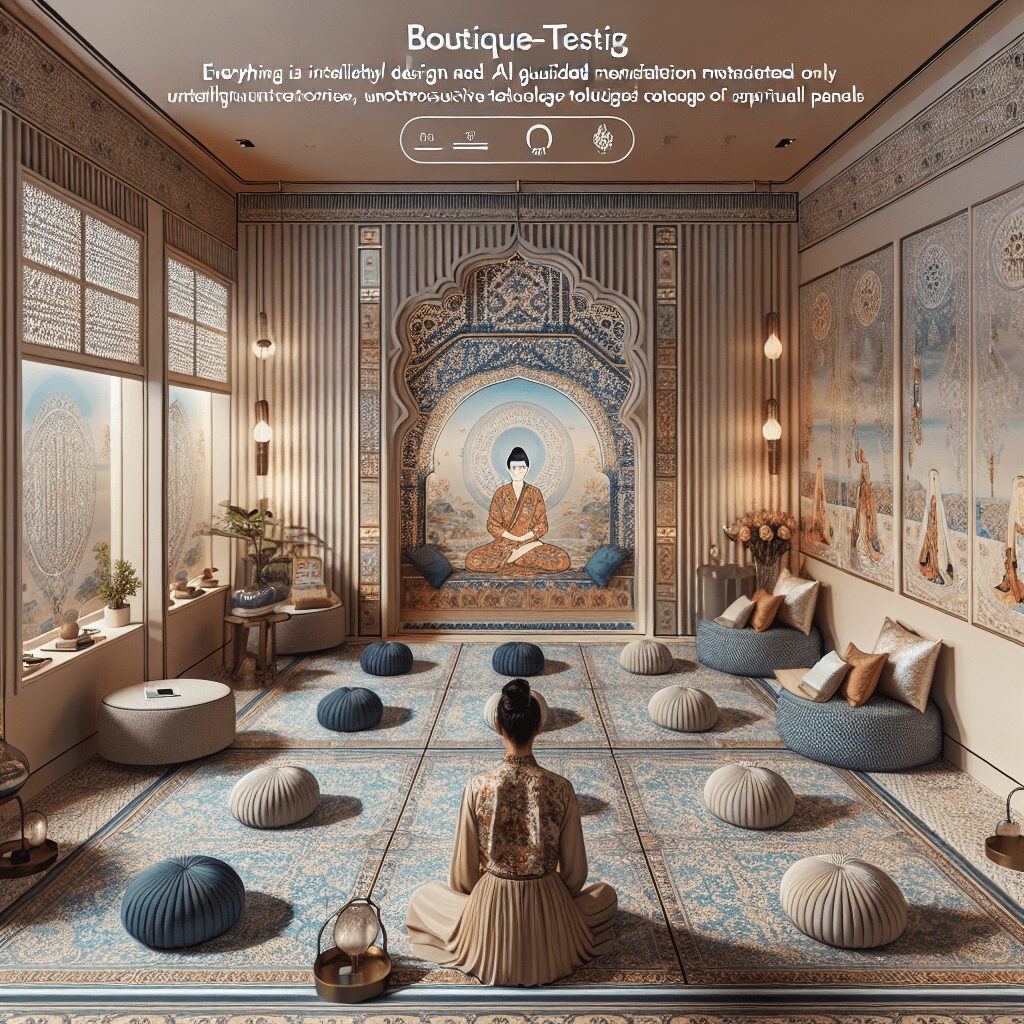
Prioritize your mental well-being daily. Enhance your life by nurturing your mental health with the Smart Meditation app. Break free from stress, alleviate anxiety, and enhance your sleep quality starting today.
What Is The Hospital Anxiety And Depression Scale?
Unlocking the Mysteries of the Hospital Anxiety and Depression Scale
In the whirlwind of modern healthcare, understanding the emotional well-being of patients is as crucial as diagnosing their physical ailments. Cue the Hospital Anxiety and Depression Scale (HADS), a beacon of hope for clinicians striving to quantify the often nebulous realms of anxiety and depression. This tool isn’t just a piece of paper with questions; it’s a bridge connecting the emotional and physical worlds of healthcare, enabling practitioners to tailor treatments that address both mind and body.
The Genesis and Evolution of HADS
Developed in 1983 by Zigmond and Snaith, HADS was initially designed to identify anxiety disorders and depression among patients in non-psychiatric hospital settings. Why? Well, because emotional turmoil doesn’t need a psych ward to thrive; it lurks in the corridors of general hospitals, often masquerading as physical pain or discomfort.
Fast forward to the present, and HADS has undergone quite the makeover, evolving into a widely adopted tool across various healthcare settings. Its beauty lies in its simplicity and effectiveness, making it a go-to for clinicians worldwide.
How HADS Works Its Magic
Imagine trying to catch smoke with your bare hands—that’s what diagnosing anxiety and depression often feels like. HADS makes the intangible tangible by zeroing in on the symptoms of anxiety and depression, skipping over somatic symptoms that might muddy the diagnostic waters.
Here’s the rundown:
-
The Scale: HADS features 14 items, evenly split into two subscales. One for anxiety (HADS-A) and the other for depression (HADS-D). Each item is a statement that the patient responds to based on their experiences over the past week, using a four-point scale ranging from 0 (not at all) to 3 (most of the time).
-
Scoring: Tallying up the scores is a breeze. A score of 0-7 for either subscale suggests a non-case, 8-10 is a borderline case, and 11-21 indicates a definite case. Easy-peasy, lemon squeezy, right?
But why should clinicians and patients alike give a hoot about HADS? Well, it’s all about getting to the heart of the matter. By shining a spotlight on anxiety and depression, HADS helps ensure these critical aspects of health don’t get swept under the rug.
The Impact of HADS on Healthcare
The ripple effect of integrating HADS into patient care is nothing short of remarkable. By identifying anxiety and depression, healthcare providers can combat these issues head-on, enhancing patient outcomes and improving the overall quality of life. And let’s not forget about the positive impact on treatment adherence and patient satisfaction. After all, a happy patient is more likely to follow through with treatment plans and feel satisfied with their care.
In Conclusion, HADS is much more than a simple questionnaire; it’s a key that unlocks better understanding and treatment of mental health in healthcare settings. As the lines between physical and mental health continue to blur, tools like HADS will be invaluable in ensuring patients receive comprehensive care that addresses every aspect of their well-being.
So, whether you’re a clinician looking to up your diagnostic game or a patient seeking answers, remember that the Hospital Anxiety and Depression Scale is there to light the way through the fog of anxiety and depression, guiding us toward a brighter, healthier future.





